(post script. Since I published this article I have learnt that 17 people lost their lives in these flood in Dar)
It was raining buckets when I set out from home to go to a breakfast meeting at 7am. It then continued to rain as I made my wet way to work. At 10am I had to go to the Immigration Head Office in Kurasini on the other wide of town.
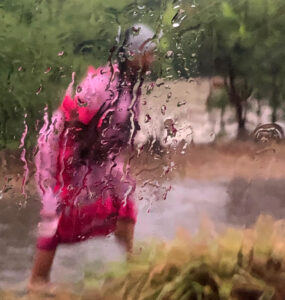
Everywhere we went were traffic jams, even on the smaller side roads. It took us a painful 1.30hrs to take a 30 minute journey. But I didn’t mind because shortly I would be giving my fingerprints and then three days later I would have my residency so it is worth the hassle.
When we got the immigration office there were lots of people waiting and we soon discovered that there was a problem with the data centre which housing all the immigration information. There was no option but to wait for the network to be restored.
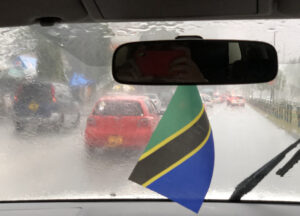
I befriended an immigration official and the HR guy and I were able to sit in relative comfort and chat to the bored official. Three hours later with nothing more to eat and drink than a bottle of Sprite which meant me getting drenched by venturing out of the building.
We decided at 1:30pm to give up waiting for the computer system to be fixed and called our driver to pick us up. He had parked a little distance away and so it would only take ten minutes to come for us.
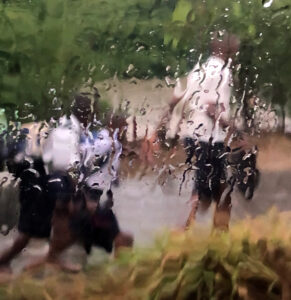
That ten minutes turned into 1 hour as he got trapped in floods and epic traffic jams. By the time we got in the car again the roads in Dar had become choked with rain water and streams of cars and buses trying to find their way carefully through the shallowest sides of the road.
Before I got to Africa I thought flooded roads were an exciting occurrence, something that happened only in extreme weather conditions. Here floods happen whenever there is heavy rains because there is no proper drainage system. Water lies on the road with nowhere to go.
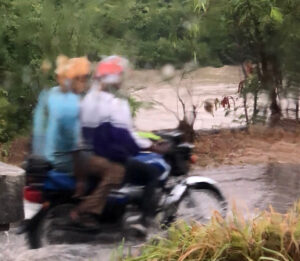
In developed countries you never have to take into account the fact that muddy brown water is hiding something very dangerous… potholes. When the roads are dry it’s reasonably easy to see them and pick your way around them.
However when you’re driving through floods there is no way of seeing the condition of the road underneath and so, especially for motorbikes, it;’s like a game of Russian roulette. Any second the front wheel could disappear into a massive pothole with disastrous consequences for the passengers.
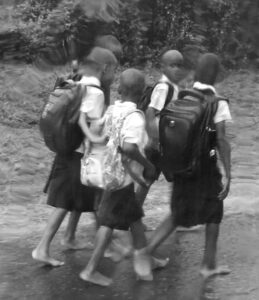
This was one time when I was happy not to be in a bajaj – my preferred mode of transport. At Sealander Bridge pedestrians were helping each other through the water at the river’s edge where the water seemed almost at road level.
Schoolchildren had taken their shoes off and rolled their trousers up as they walked faster than the traffic which had ground to a halt. By the time I got home it was 7.5hrs since I had left work to get my fingerprints done and all that had happened is that we had spent the whole day sitting, waiting for someone to fix a network and then sitting in a car in floods.
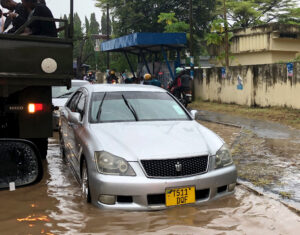
And to add to my misery, I got home and there was no electricity! I went to bed in the dark and hoped that by the time I woke up I would have power and water. As it turned out I had power but not water.
Big rains and floods have become less exciting for since arriving in Africa.